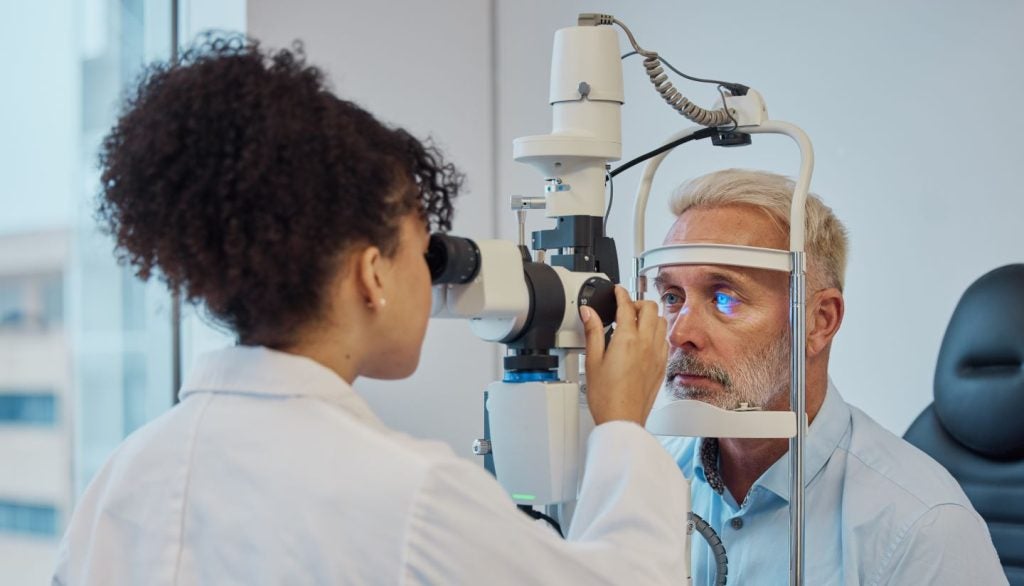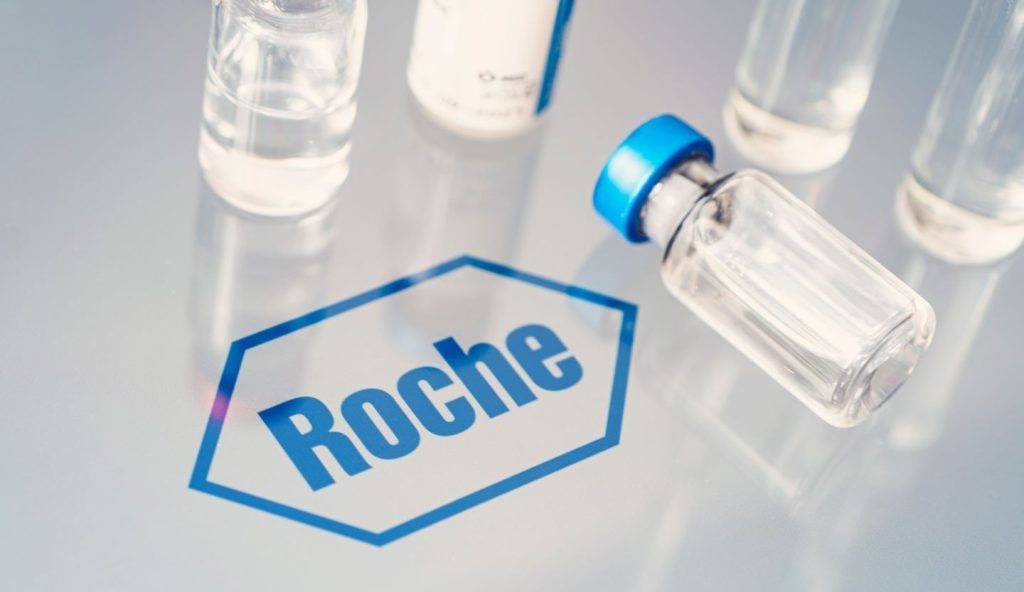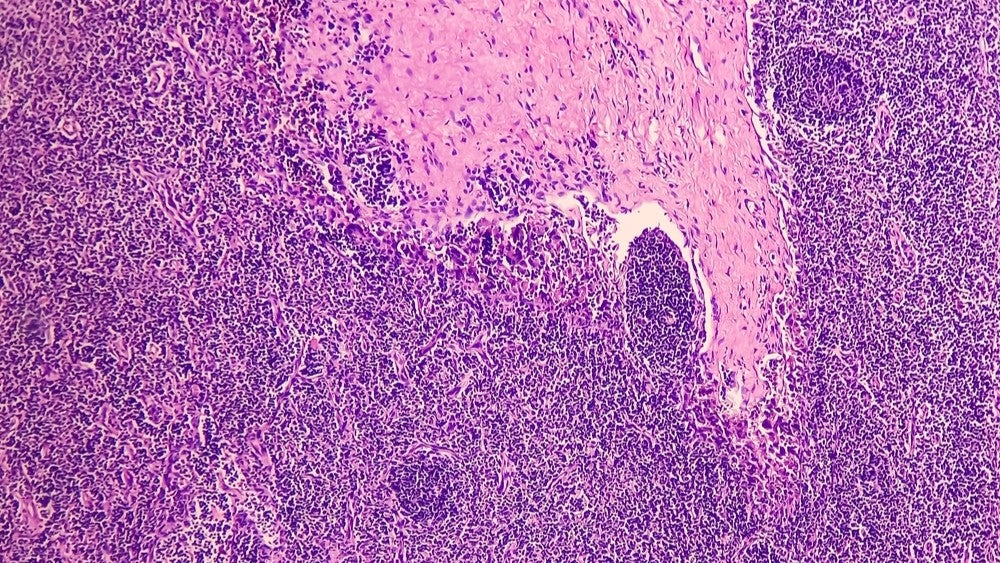US-based pharmaceutical company EyePoint Pharmaceuticals has reported positive topline data from the Phase II DAVIO 2 clinical trial of its sustained delivery maintenance therapy, EYP-1901.
EYP-1901 is an investigational therapy being trialled to treat wet age-related macular degeneration (wet AMD).
The controlled, randomised trial analysed the drug versus an aflibercept control in 160 wet AMD patients, who had received a prior standard-of-care anti-vascular endothelial growth factor (VEGF) therapy treatment.
Variation in best corrected visual acuity (BCVA) nearly six months after the EYP-1901 injection versus the aflibercept control was the trial’s primary non-inferiority efficacy endpoint.
Its secondary endpoints were safety, the number of eyes remaining free of supplemental anti-VEGF injections, variation in central subfield thickness and the number of aflibercept injections in each arm.
The trial met its primary endpoint, with 2mg and 3mg doses of EYP-1901 offering a statistical non-inferiority BCVA variation versus control.
EYP-1901 also demonstrated a favourable safety profile without any treatment-associated ocular or systemic serious adverse events being reported.
The trial also met key secondary endpoints, with both tested doses of EYP-1901 offering more than 80% decline in treatment burden.
Nearly two-thirds of the eyes surveyed were reported to be free of supplements for up to six months, while more than 80% received neither or one supplement for the same period.
EyePoint Pharmaceuticals president and CEO Jay Duker said: “The 32-week topline DAVIO 2 data strongly supports our planned Phase III non-inferiority design, consistent with the FDA’s recent guidance for wet AMD clinical trials.
“We look forward to continuing our dialogue regarding our Phase III plans with the FDA as we prepare to initiate our first pivotal trial for wet AMD in the second half of 2024.”
Earlier this year, EyePoint finished enrolling subjects in the Phase II PAVIA trial of EYP-1901 for treating moderate to severe non-proliferative diabetic retinopathy.
















